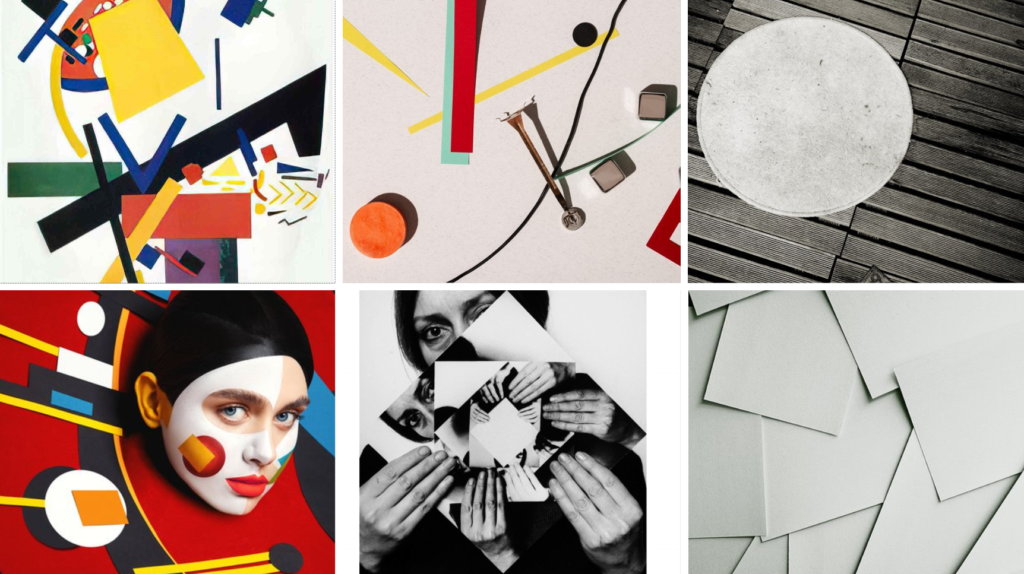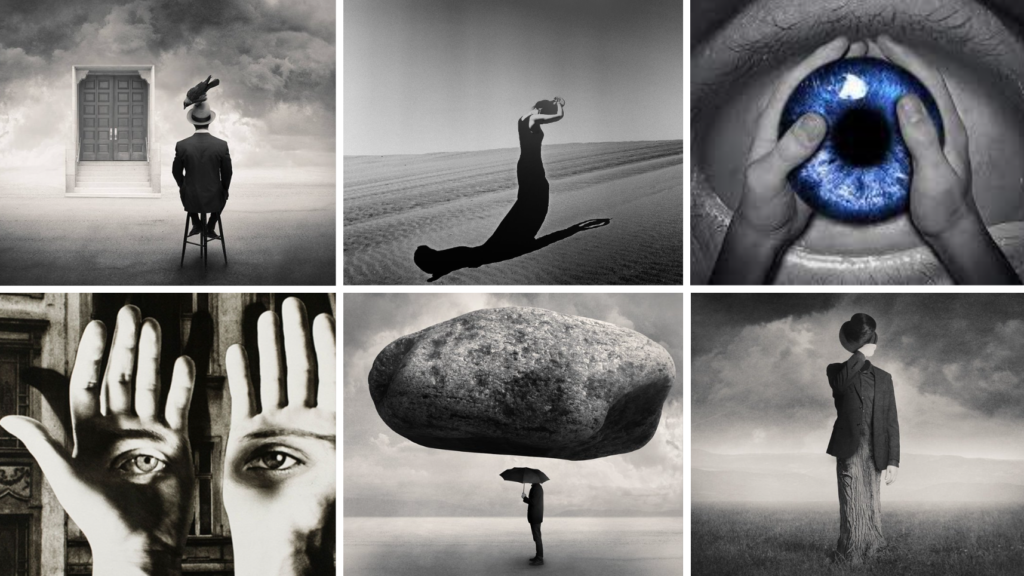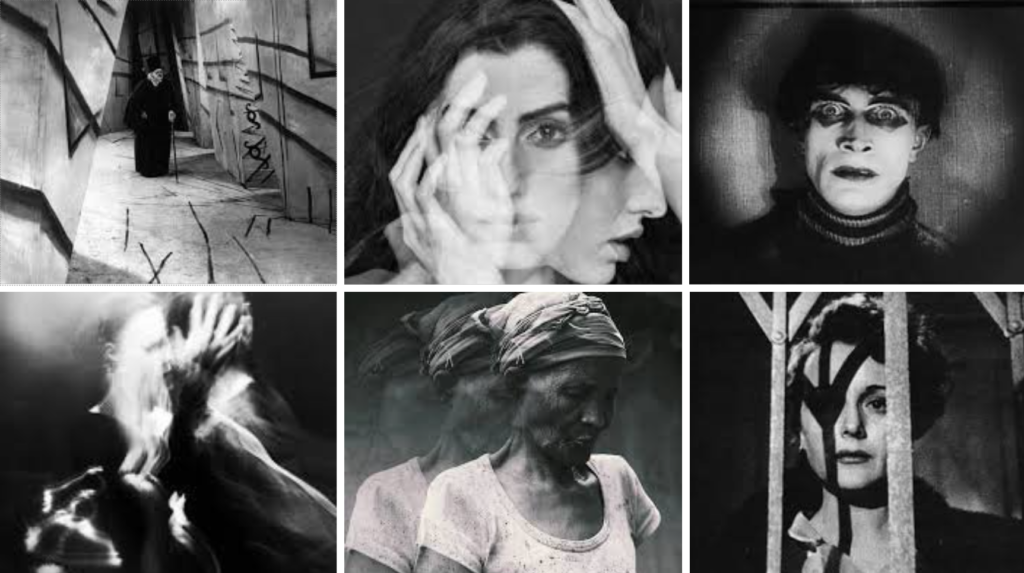cubism

Cubism is a movement that was originated by artists such as Pablo Picasso. It presents photos in unique and abstract ways by breaking objects down into geometric shapes. Cubism is able to show multiple perspectives where it is able to give many viewpoints to the photo giving the viewer an opportunity to interpret the images in the way they think is correct for them. The movement steers away from realistic views and creates images you wouldn’t be able to capture without further disfigurement and so it mostly focusses on shape and structure. Cubism was mainly famous within art however it can also be used in photography in many ways. You can take a singular photo and edit in at a later time using apps such as photoshop or you can take your images in fragmented sections and put the images together in a printed form of multiple images. This would be a collage or montage idea where multiple images are placed down together in a way that isn’t exactly neat to create the effect of fragmentation. photographers such as David Hockney has taken on this cubism approach where he creating collages of multiple photographs that reflected a cubist approach. Within photography, using the camera to create this effect can be very helpful. For example, using multiple exposure can be used to overlap images to show different angles within a single frame to create the fragmented view. Using reflections can also be a key feature of cubism within photography by using mirrors windows or water to create images that show more than one view of the same object.
suprematism

Suprematism was a movement discovered by Kazimir Malevich. The focus is mainly on geometric shapes shown above. (Lines, circles, squares). Suprematism was not a movement that focussed on a traditional focusses of art and photography like objects or people they mostly focussed on abstract forms of photography. One obvious theme in this move,ent was the use of bold and primary colours which can be used to grab someone’s attention and draw the viewer the images. Suprematism is usually referred to the ‘Zero-point’ meaning: representing the void, a state of pure abstraction beyond visual representation. Like Cubism, suprematism is usually associated with art and not generally photography, however there are ways that you can like suprematism with photography. You can frame your images in ways that create compositions between certain shapes the image if framed correctly. The images need to be fairly simple and not overly confusing (eg too many shapes in one image) the use of blank spaces are important so that the images does not become too full or confusing. Using different colours within the photographs will link to the idea that suprematism using bold primary colours. The colours could work to repose the certain strong emotions through the photograph making the viewer feel more attached to the image as they may feel a certain way towards it. Ways to use suprematism through photography’s is to seek out geometric shapes in your usual day so that it becomes more of a natural occurrence and still links to suprematism.
Dadaism

Dadaism was a movement that originated in the early 20th century. Influence for the Dadaism movement was from World War I. Dadaism rejected the usual ideas of art forms where it enhanced ideas on Chas and non traditional art normalities. The movement focusses on random ideas of art where unusual pieces are made from different techniques. This movement had its own influence on photography as well, it was popular as it was a movement that drove away from traditional pieces of art and representations. Rearrangement and disfigurement of images to create the final images is important in Dadaism as it ultimately ends up creating surreal and absurd effects. Dadaism also uses a secondary approach where they take already existing photos from sources such as magazines or newspapers and experiments with them in ways that create unusual but interesting outcomes. Ways to incorporate Dadaism into photography’s is by taking a usual photo yourself or an already existing photograph and then creating a collage effect by cutting up the image into pieces and then rearranging them again. Of you wanted to take more of a digital approach, you can take the image and then edit it on apps such as photoshop where you can copy and paste parts of the images and rearrange it that way.
surrealism

surrealism focuses on dream like imagery where the photograph would show something that wouldn’t be an everyday occurrence. Surrealism was influenced by Sigmund Freud theories and understandings of the unconscious mind wher he explored the meanings of dreams and thoughts that are in people’s head and ultimately down to the unconscious are cannot be controlled. Surrealism works to challenge the boundaries between dreams and realities creating images that may come across as disturbing to the viewer and overall creating engagement and interest. Juxtaposition within this movement is importantly when artists link unexpected objects together which make an unsettling sense towards the image. Incorporating surrealism into photography can occur in many ways. For example, combining scenes with object that would be unusual. Photograph an ordinary object in an unusual setting to create a sense of confusion to the viewer. As shown in the mood board above, the images that link with surrealism don’t involve pop colours like a movement such as suprematism. Instead it focuses more on black and white or low light settings. If the images involved bright colours and objects that it wouldn’t provide the sense of unsettlement as well as it does with the dark and dull theme. Symbolism in surrealism is also important. For example, in the image above, there is an image of an eye. Using an eye in an image it’s important for creating different symbolisms and metaphors as it can suggest deeper or psychological meanings to the images. When creating your own images that link to surrealism, the setting is very important as some environments will work better than others. For example, something like an empty forest would create a more unsettling feel than a busy restaurant.
expressionism

Expressionism is an art movement that originated in the early 20th century. Its aim is to portray emotional experiences of the photographer or the subject rather than just taking images of the natural world. This meant that these photos were able to have deeper meanings and be more engaging. The movement of expressionism include moving away from straightforward photos of reality to a different approach where the viewer is able to have more of their own interpretation where the photographer’s feelings and thoughts played a crucial role.
